Martel’s descent of Gaping Gill received wide publicity and awakened an interest in the possibilities of cave exploration in other parts of Britain. A group of Derbyshire rock climbers calling themselves the Kyndwr Club started to explore the caves of that county and further afield. One of their leading spirits was Dr E.A. Baker, a native of Somerset, but at that time resident in the Midlands. He was a colourful and influential character, an academic who later became director of the School of Librarianship in the University of London, but whose interest in caving was primarily sporting.
At about this time, H.E. Balch, a young postal worker at Wells in Somerset, came across a fragment of reindeer antler in the Hyena Den near Wookey Hole and, inspired by the work of Professor (later Sir William) Boyd Dawkins, at once threw himself into a study of all kinds of archaeological and fossil cave sites on Mendip. Soon Balch had founded the Wells Natural History and Archaeological Society and started the collections which eventually grew into Wells Museum. The subsequent arrival on the Mendip scene in 1902 of Baker and his colleagues from Derbyshire led to a long and fruitful collaboration, during which many of Mendip’s greatest caves were dug open and explored. Both Balch and Baker were prolific writers and their publications, spread over several decades, played a large part in stimulating an interest in caving during the early part of this century. A number of clubs began to appear which cheerfully combined a scientific and sporting approach to caving, setting a pattern which has continued to the present day. Scientifically motivated ‘speleologists’ still recognize their dependence on sporting cavers for much of the initial exploration and often for support when working in the more exacting situations. Many are in any case themselves sporting cavers, or were in their younger days. On the other side very few of those whose motives are primarily sporting are completely uninterested in the whys and wherefores of the natural features which provide them with their sport. They also appreciate that scientific understanding increases the chances of finding more caves.
There are few completely unexplored places anywhere on the surface of the earth and none in a country such as Britain; but caves hold out the promise, or at least the hope, of completely new discovery. Most cavers must sometimes dream of one day discovering a new cave, or an extension to a known one, and of being the first to gaze upon whatever wonders it may hold. If these are the things which provide motivation for caving as a sport, they are nearly always reinforced by at least some measure of scientific curiosity, and most cavers combine the two in varying proportions.
In the years after World War II, the popularity of caving, as of so many other active pursuits, increased enormously in many parts of the world. In Britain the 1950s and 60s in particular saw a great proliferation of caving clubs and, although some of these were ephemeral, the overall level of interest and activity has remained high. Perhaps the most important development in British caving in the early post-war years was the opening up of South Wales as a major caving region. Up until 1936, cavers had taken surprisingly little interest in the area considering that Porth-yr-Ogof had been known for hundreds of years and Dan-yr-Ogof had been discovered and explored as far as the waterfalls in 1912. It was to these two caves that experienced cavers from Yorkshire and Mendip first turned their attention in 1936 and interest in the area developed rapidly. By the time that caving came to a virtual halt with the outbreak of war in 1939, the potential of South Wales was apparent to all. In 1946 the South Wales Caving Club was formed and within a few months two of its members, Peter Harvey and Ian Nixon, dug their way into the lower end of the great Ogof Ffynnon Ddu cave system on the east side of the Upper Tawe Valley. Initially rapid exploration was halted by a series of sumps (flooded sections of passage) and it was not until 1966 that a dig in the upper levels of the cave gave access into the vast maze of OFD II. A rush of new discoveries followed in quick succession over the next year, extending the vertical range of the cave to 300 m and its total length to around 40 km, making it Britain’s deepest and longest cave system. (Although cave divers have since linked up various parts of the Ease Gill system in Yorkshire to give it the number one position with an overall passage length of over 70 km).
As we have seen, cave science, and in particular the archaeological and palaeontological investigation of caves, started well before the development of caving as a sport. As early as the mid-nineteenth century the living faunas of caves were receiving fairly extensive study in mainland Europe and America by the likes of J.C. Schiodte and A.S. Packard; and following the influence of Martel, the physical aspects of speleology – geology, geomorphology and hydrology – were well established there by the turn of the century.
Underground naturalists
Evidence that early man was conscious of the existence of a subterranean fauna dates back to a remarkable engraving of a cave cricket on a bison bone discovered by Count Begouen while excavating in the Grotte des Trois Frères in the French Pyrenees. The carving is believed to be 18,000 years old, yet is sufficiently clear and detailed for the subject to be recognizeable as a Troglophilus species, which today is distributed from Italy to Asia Minor, but no longer inhabits France.
For the next surviving reference to cave life in Europe, we must move on to the 16th century and the observant Count Trissino, who, in a letter dated 5th March 1537, recorded what must have been a form of the cave-limited amphipod, Niphargus. He noted that at the far end of the Covolo di Costozza in northern Italy there was a deep pool of clear water. “In this water no fish of any kind are found, except for some tiny shrimp-like creatures similar to the marine shrimps that are sold in Venice.”
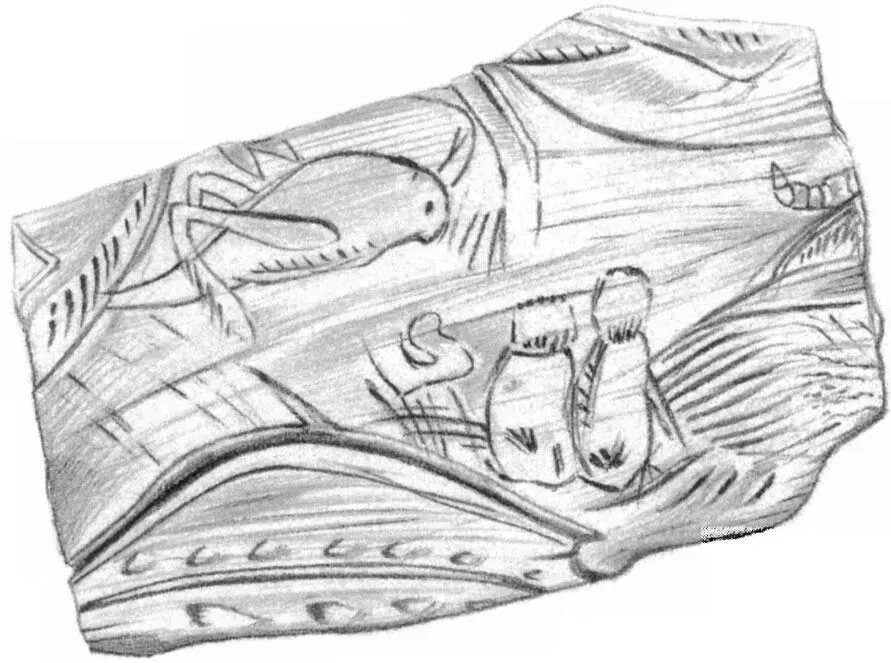
Fig. 1.7 A prehistoric engraving on a bison bone, discovered by Count Bégouen in the Grotte des Trois Frères (French Pyrenees), featuring the cave cricket Troglophilus . (After Bégouen)
The Slovenian Olm, Proteus , seems to have been well-known to the villagers of the Trieste area for centuries. Specimens occasionally appeared after floods in the Lintverm (from the German ‘Lindvurm’, meaning ‘dragon’) – a tributary of the River Bela near Vrihnika. With their long, pink, rather reptilian bodies, they were taken, not unreasonably, to be dragon fry – the offspring of a shadowy monster who lived in the roaring cave from which the river flowed and who caused periodic floods by opening sluice gates when her living quarters were threatened by rising water. But in the 1680s, Baron Johann Valvasor, a Slovene nobleman and well-travelled amateur scientist, ruined centuries of colourful legend by exposing the Olm as a perfectly natural blind cave salamander.
In 1799, the German naturalist-explorer Baron Alexander von Humboldt, accompanied by a French botanist called Bonpland, visited the famous Cueva del Guacharo in the Caripe Valley of Venezuela. There he collected and described a cavernicolous bird, Steatornis caripensis , belonging to the order which includes the nightjars, which had been known for a long time to the Indians under the name ‘guacharo’. Humboldt was greatly impressed by the screeches produced by the birds when disturbed at their cave roost. “Their shrill and piercing cries strike upon the rocky vaults,” he wrote, “and are repeated by the subterranean echoes.” Having heard them myself, I would describe the racket as the sound of a thousand mad chickens locked up in a barn with a fox.
Читать дальше
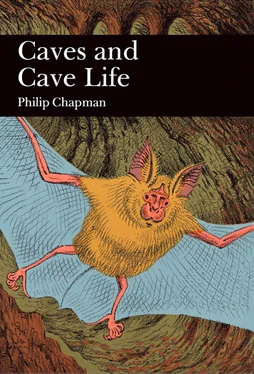



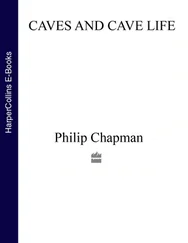




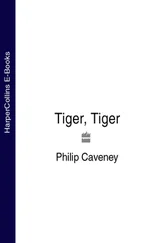
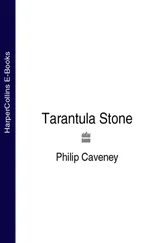


![John Bruce - The Lettsomian Lectures on Diseases and Disorders of the Heart and Arteries in Middle and Advanced Life [1900-1901]](/books/749387/john-bruce-the-lettsomian-lectures-on-diseases-and-disorders-of-the-heart-and-arteries-in-middle-and-advanced-life-1900-1901-thumb.webp)